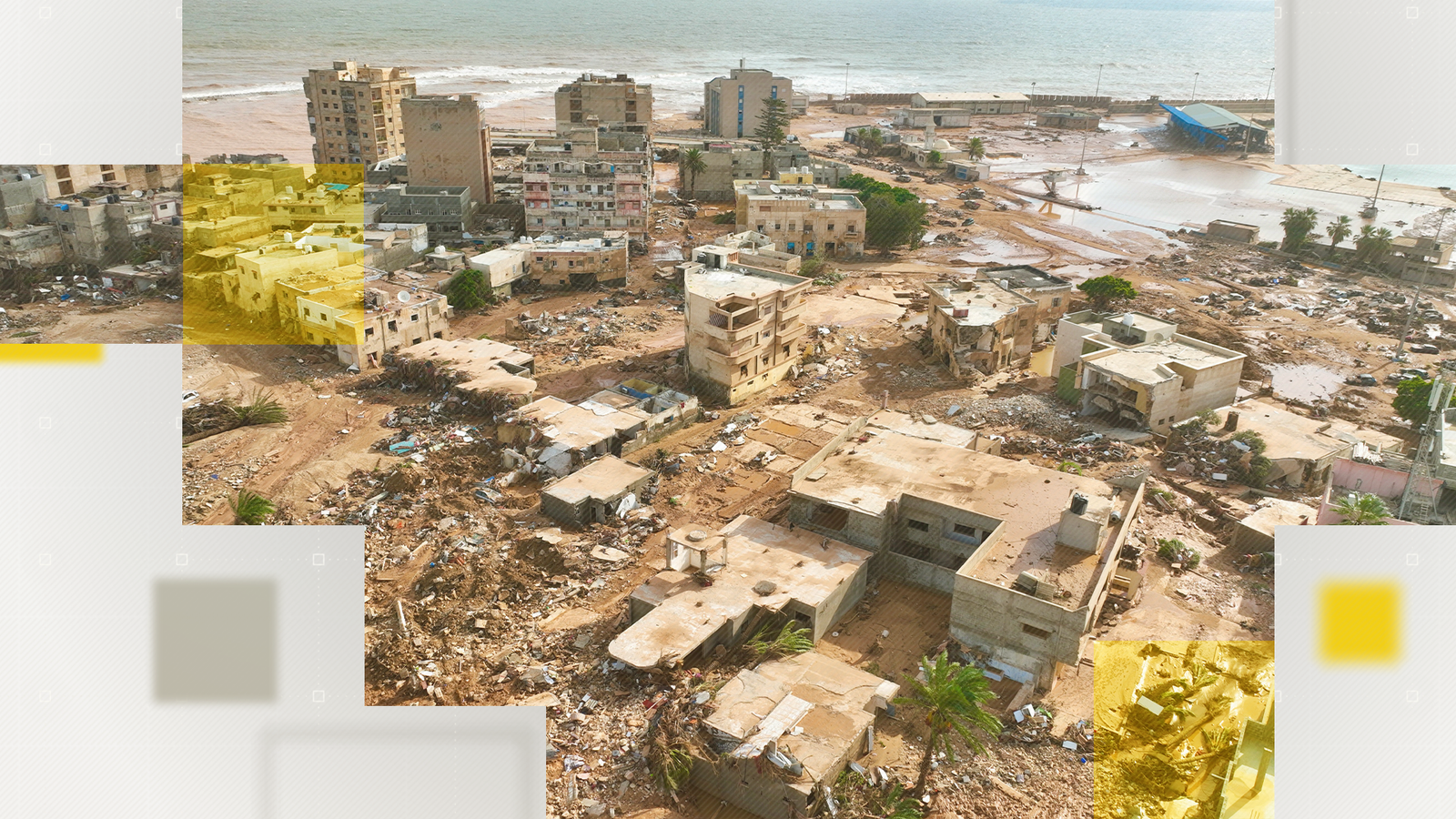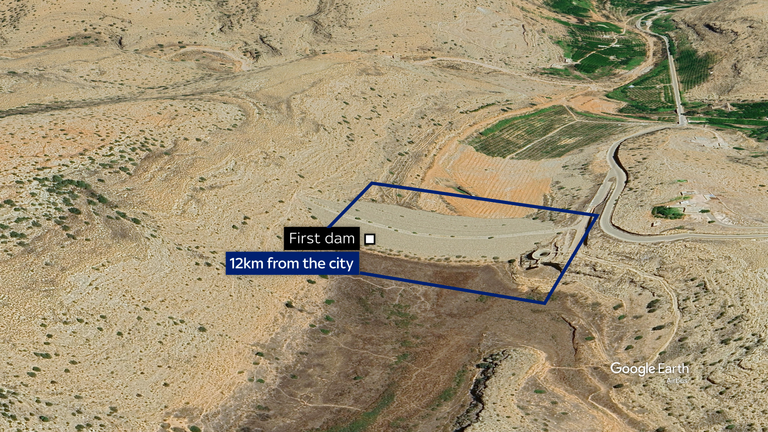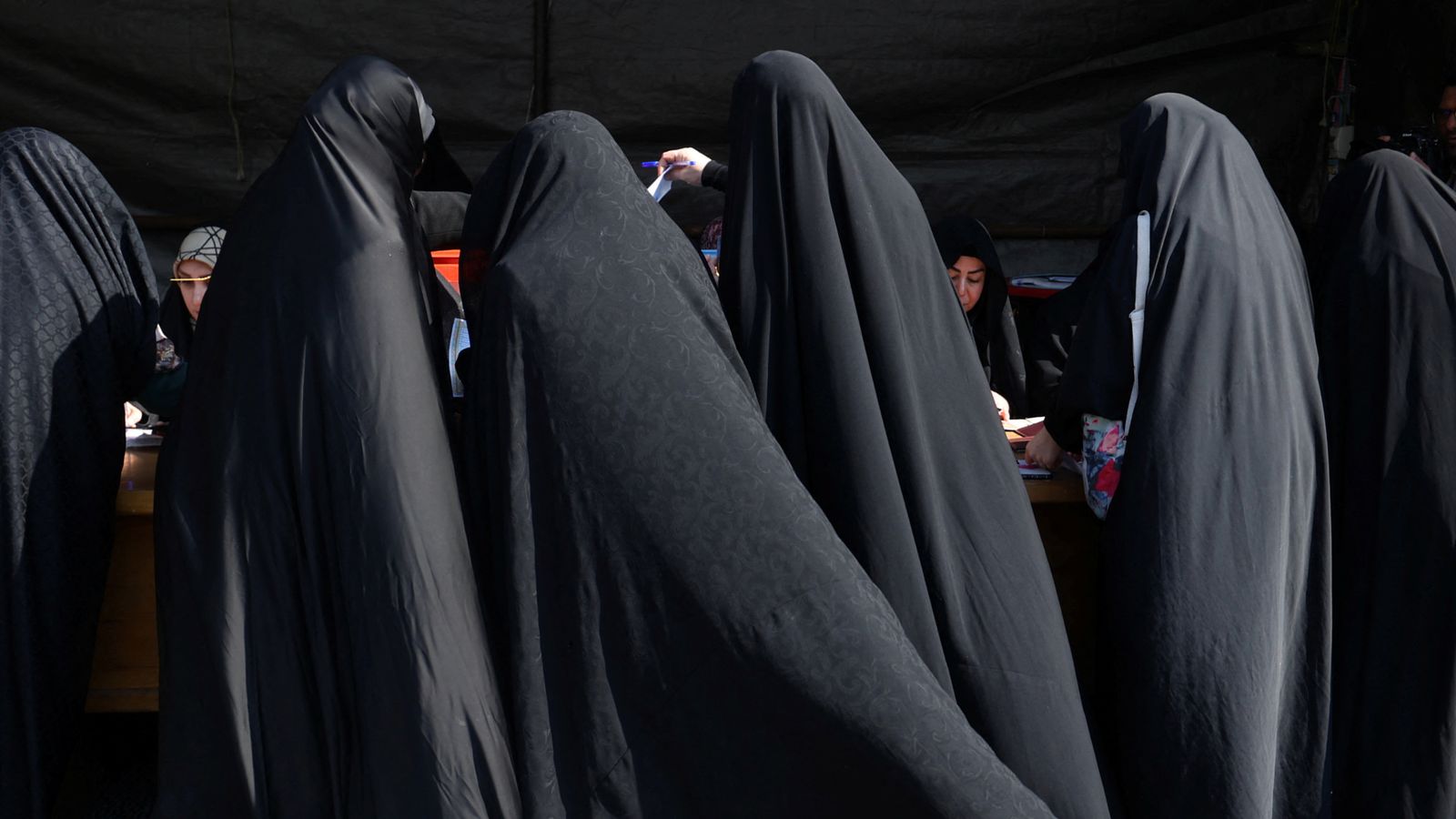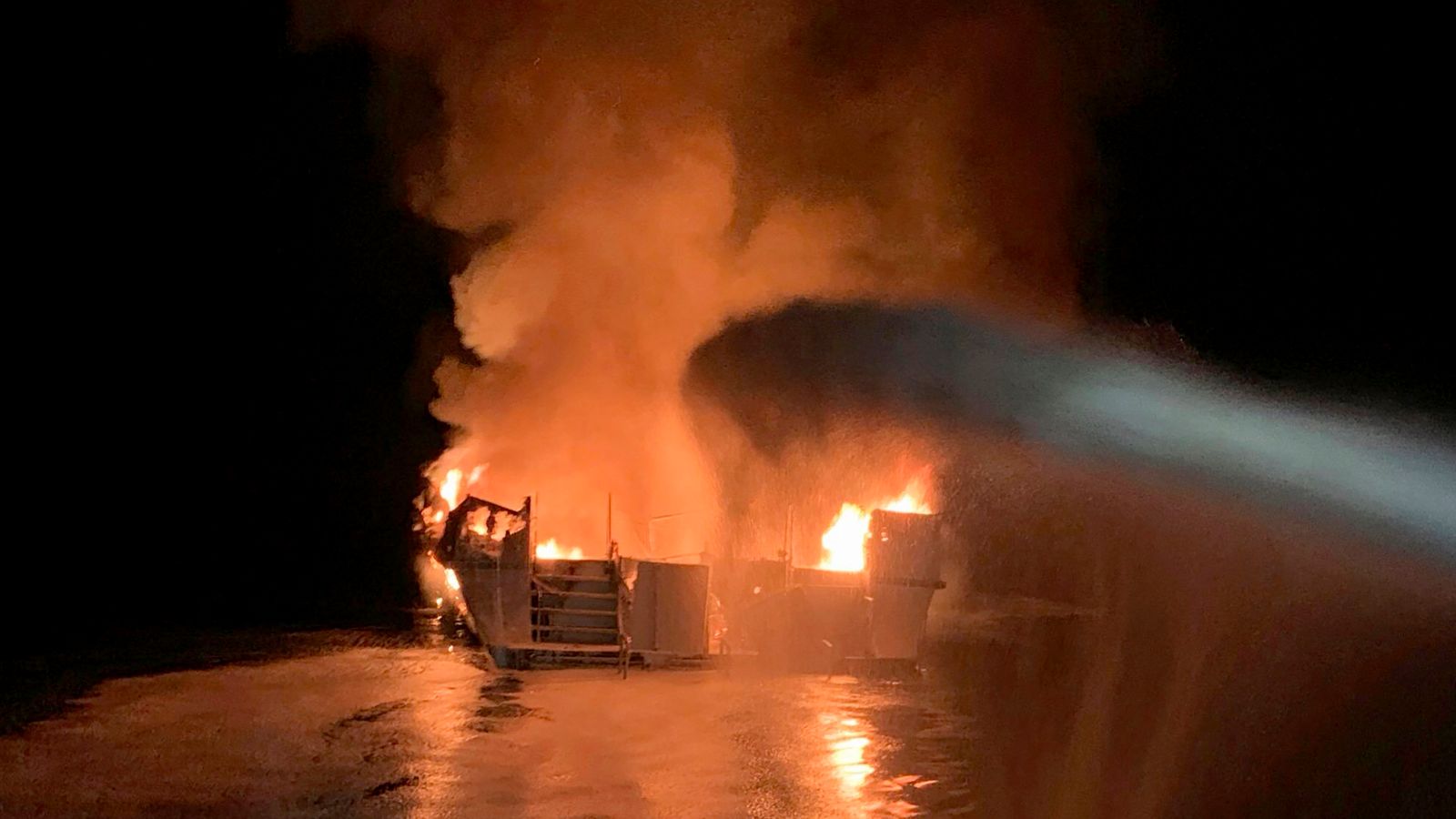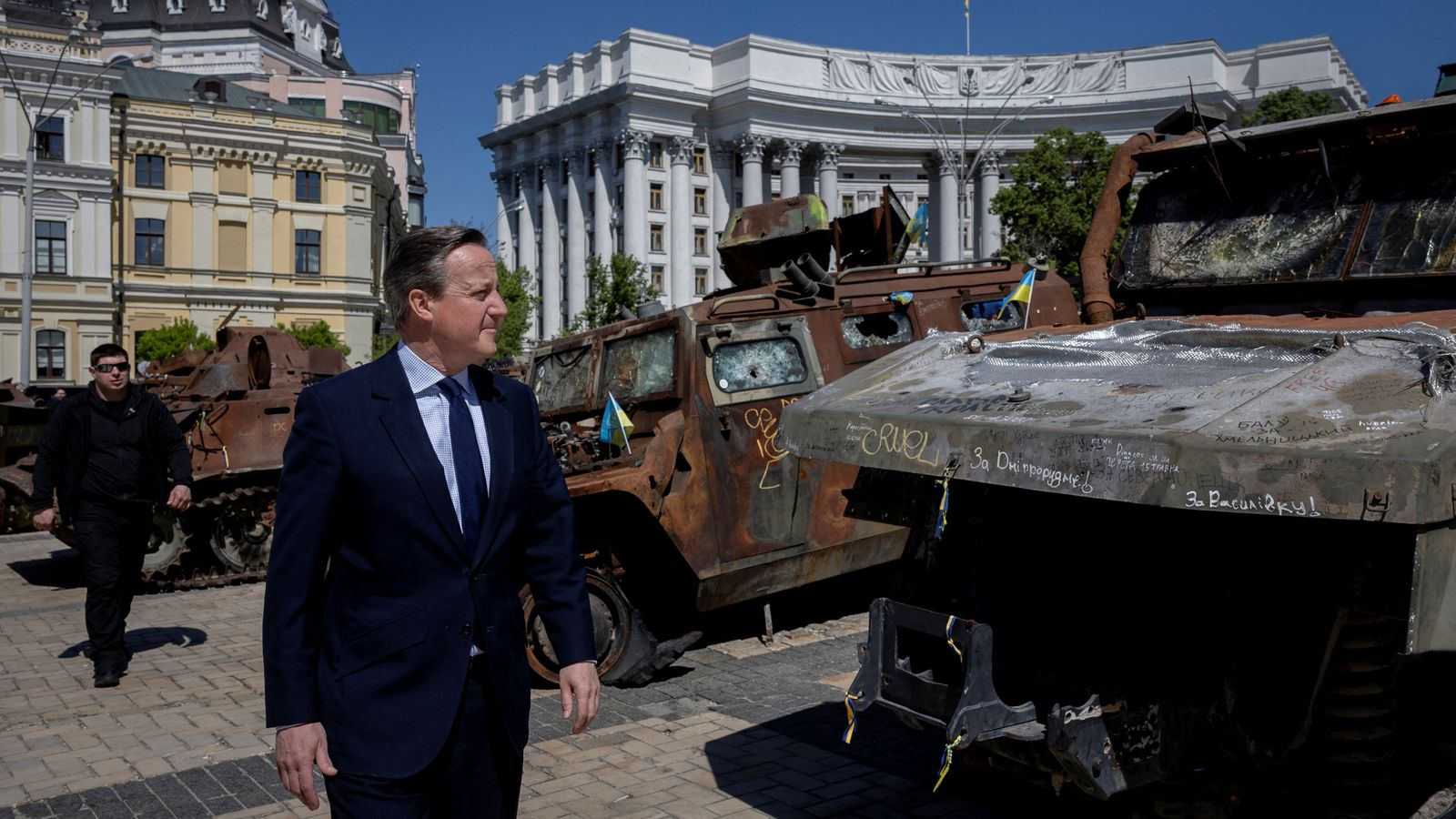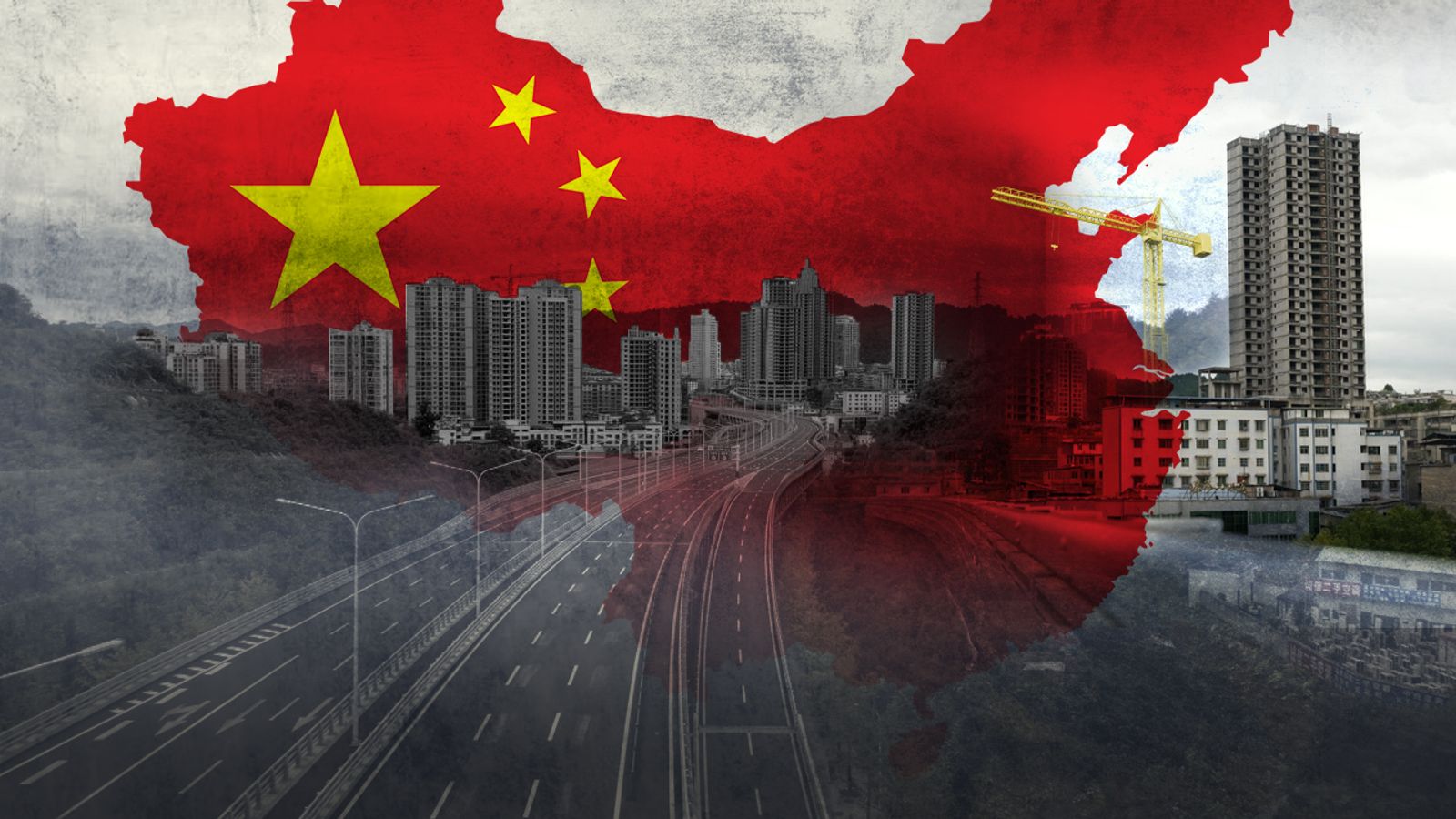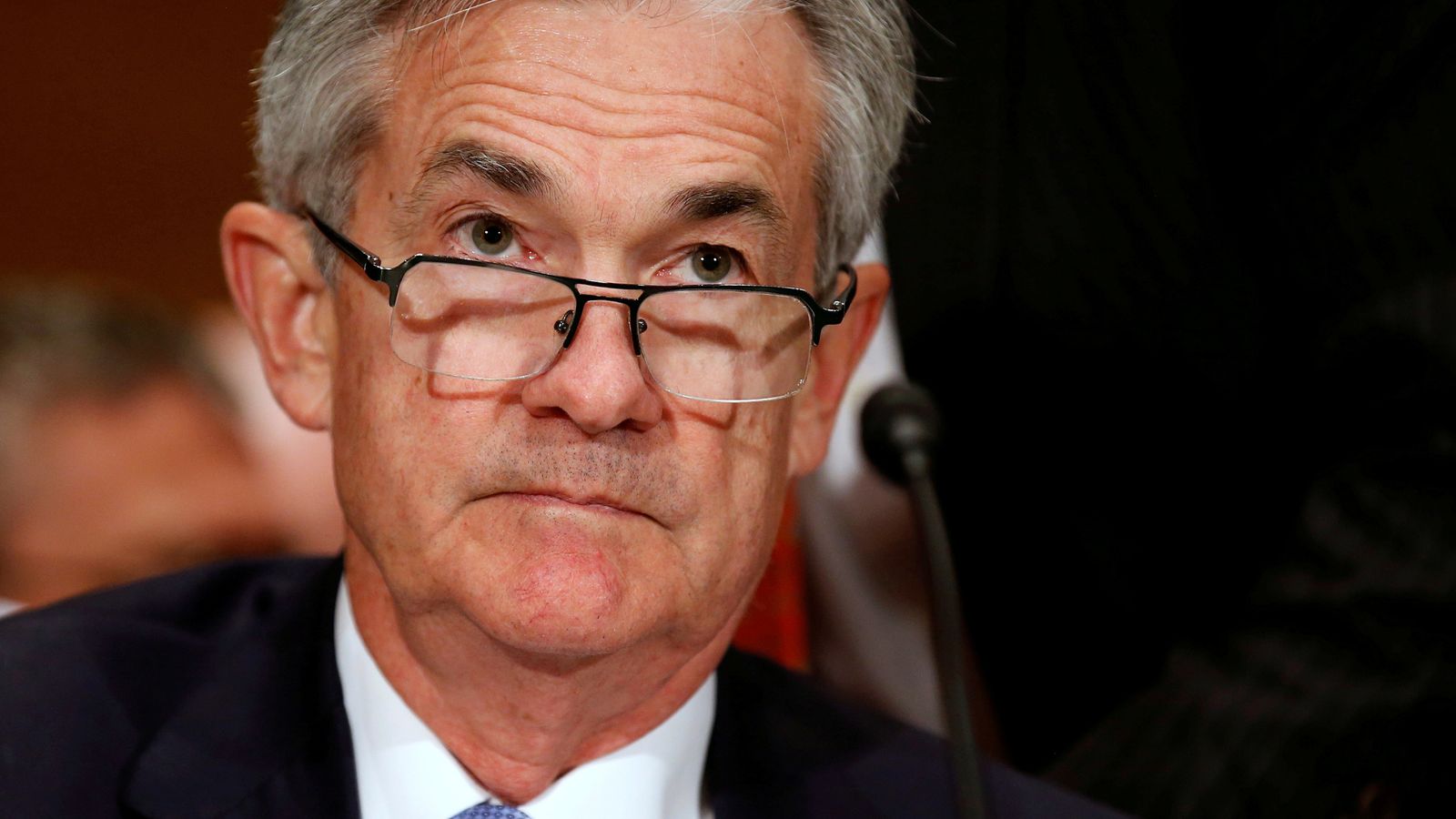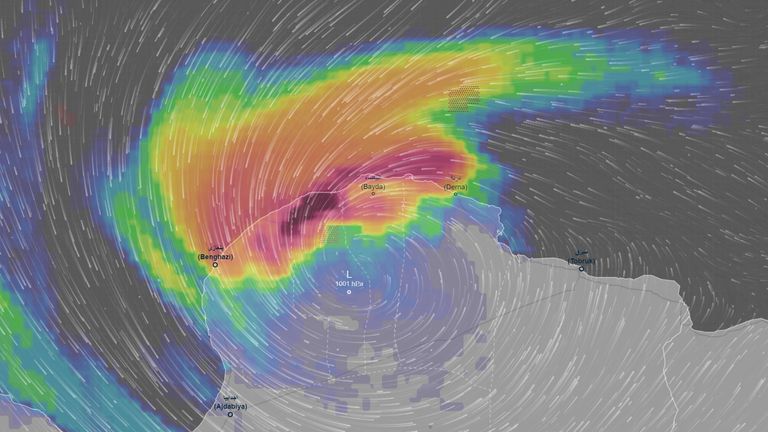
Storm Daniel was Greece’s worst storm in recorded history but for Libya it would trigger a disaster of unimaginable scale.
Sky’s Data and Forensics team looks at the warning signs that were missed and how human error exacerbated a natural disaster.
The storm began forming over the Ionian Sea on 4 September and after battering Bulgaria, Turkey and Greece it made its way south across the Mediterranean towards Africa.
Some warnings in Libya were issued but critics say more action could have been taken before the flash floods hit.
Weather warnings
The country’s National Meteorological Centre started issuing warnings of heavy rain last Friday and urged all governmental authorities to take caution.
Based on these warnings, a state of emergency was announced in the eastern regions.
But no mitigations were put in place and no evacuations were carried out, as the storm made landfall in the eastern city of Derna.
Footage verified by Sky News shows a torrent of water swelling the Wadi river, which runs from the mountains and through the city, in the early hours of Monday morning.
Residents were seen filming the water from the riverbank by the city’s al Sahaba Mosque. The flash floods and the collapse of the dams would later sweep away entire neighbourhoods and kill more than 11,000 people.
Old dams from 1970s
But it wasn’t just the weather that impacted the outcome of this disaster.
The World Meteorological Organisation (WMO) said Libya’s National Meteorological Centre “didn’t address the risk posed by the ageing dams” which burst.
The two dams located upstream around 5km apart were built in the 1970s.
A hydrological report published just last year warned that maintenance of the two structures was required to prevent catastrophic flooding.
But the deputy mayor of Derna has said neither dam had been maintained since 2002.
The report, in the Sebha University Journal of Pure and Applied Sciences, said the area has a “high potential for flood risk”, adding that dams of Wadi Derna basin needed “periodic maintenance” and that large floods could cause one of the dams to collapse making those in Derna vulnerable.
Before and after satellite images of one of the dams shows the extent of the damage after flash floods ripped through the structure.
Both the infrastructure and the politics at play have impacted this disaster.
Professor in Climate Risks & Resilience, University of Reading, Liz Stephens said: “There’s no such thing as a natural disaster.
“So there might be an extreme weather event, but it’s that interplay with the community, the governance and the people on the ground that leads to that risk.
“In this case, if the dams were not there, then we wouldn’t have seen large loss of life as a result of their collapse.”
Sky News will air a special programme – Libya floods: The city swept away – at midday on Saturday.
A curfew and no evacuation
Authorities have also been blamed for their initial response and handling of the disaster.
While critics say evacuations should have taken place to move residents of Derna to safer areas, the authorities instead told the population to hunker down.
On 10 September the mayor met with the security directorate of Derna, images posted on Facebook show.
The pair discussed a curfew and urged residents to stay in their homes.
They say the measure was put in place for citizens’ safety, but that announcement was met with anger and complaints at the time and afterwards in comments on the Facebook page.
The head of the WMO, secretary-general Petteri Taalas, added that evacuations should have been ordered and Libya’s government was “not functional”.
Had there been a weather service which could have issued warnings, emergency management authorities would have been able to carry out evacuations, he added.
For Libya, rescue operations are complicated by political fractures in a country which has been at war on-and-off with no strong central government since a NATO-backed uprising toppled Muammar Gaddafi in 2011.
But the deadly combination of a powerful storm, inadequate infrastructure and an unstable political environment has left the people of Libya victim to a disaster which might largely have been avoided.

